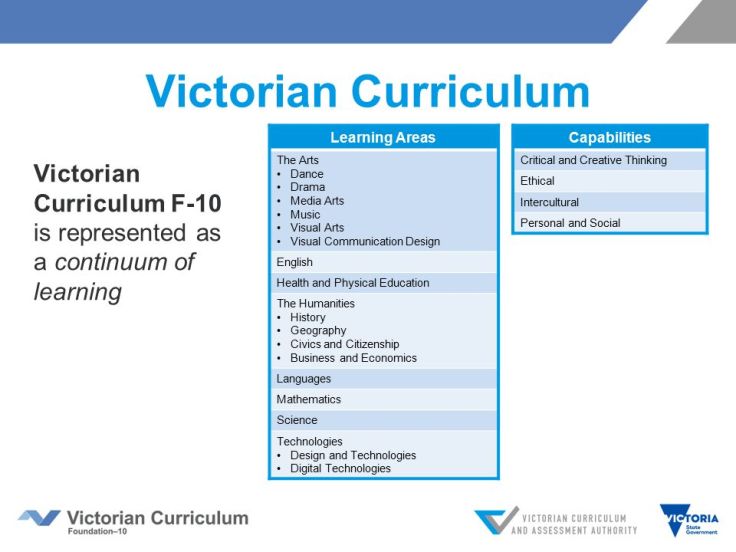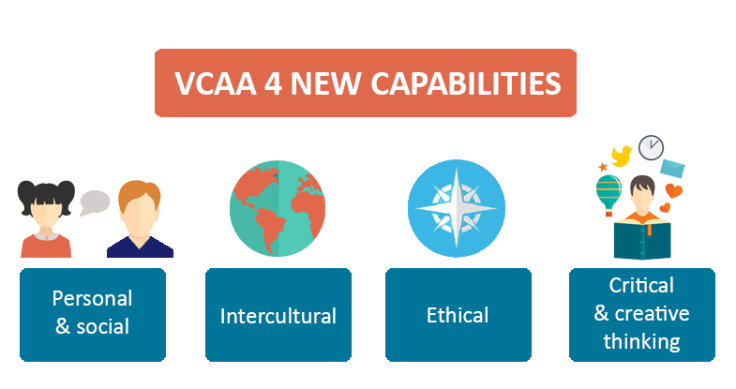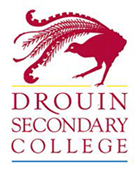In 2016, the official curriculum changed from Australian Curriculum (or AUSVELS) to the Victorian Curriculum. With the change, also came the introduction of ‘capabilities’.

In some way, these capabilities are nothing new. Schools have always assessed ‘soft skills’ like teamwork, problem-solving or communication skills. The introduction of the new curriculum, however, has given us an opportunity to reflect on these capabilities, to consider what they mean and to rethink how we assess such ‘skills’ or ‘capabilities’.
Traditionally, we’ve tried to measure a student’s ability to work in teams based on what we see over a number of lessons in one class. Or, we’ve assessed a student’s ability to employ thinking strategies after a few lessons of instruction and some opportunities to demonstrate these. Or, we’ve measured a student’s presentation skills based on 1-2 assignments. Lost among ‘hard skills’, secondary teachers everywhere struggled to measure these abstract yet essential skills.
In 2016, the Sydney Morning Herald published an opinion piece titled, ‘Victoria’s New Curriculum Priorities are Almost Impossible to Assess’. While they had some valid points, in some ways they were wrong. As I stated before, these priorities are by no means ‘new’. Yes, they are very difficult to assess. In fact, if we limit our assessment to one classroom context, then our assessment is very unlikely to be accurate. However, when we look at our students as whole people, examining their learning from in, across and outside the classroom, we find that they are rapidly developing ‘soft skills’ every day.

We recognize the crucial importance of developing well-rounded young people. We also recognize that out-of-school activities shape students just as much, if not more than their classroom experiences.
Just visit our library and check out the pin-board where newspaper cutouts display student achievements every week. You’ll see examples of community, teamwork, and leadership that you may not have noticed in the classroom.
A lead researcher in the field suggests portfolios as an effective vehicle for assessing these capabilities[1]. So, to demonstrate their complete personal and social development, we are asking students to gather a range of examples from a range of experiences in an e-portfolio. Each student, from Years 7-10, has an e-portfolio. They are collecting examples of their development from the classroom and extra-curricular activities. Their LG teacher will assess the portfolio as a Common Assessment task each Semester. Students will keep their portfolio from year to year, adding their learning and achievements as they move through the college.
Ask your child to show you their portfolio. Maybe you can remind them of how they use coping strategies, or resolve conflict, or reflect on their strengths or work in a team?
I’m amazed by my students every day. Usually, my surprise has nothing to do with their ability to use persuasive language techniques or write a haiku poem. In fact, it usually has to do with their enormous capacity for compassion, for development, for growing personally and socially.
I look forward to looking through their portfolios.
[1] https://research.acer.edu.au/cgi/viewcontent.cgi?article=1255&context=research_conference


Leave a comment